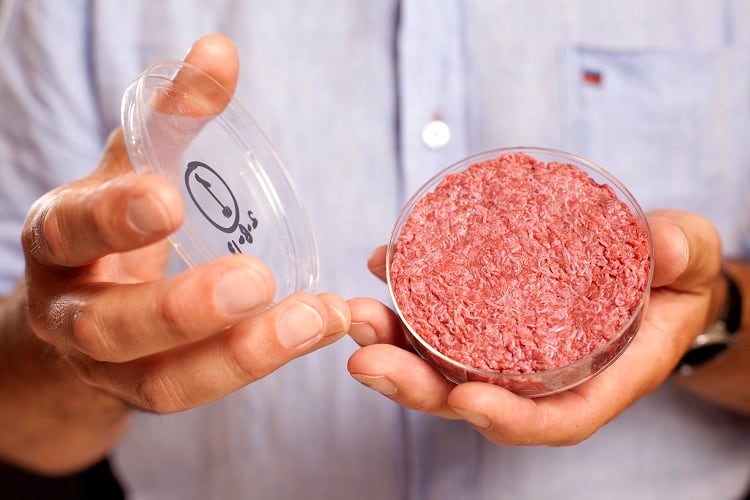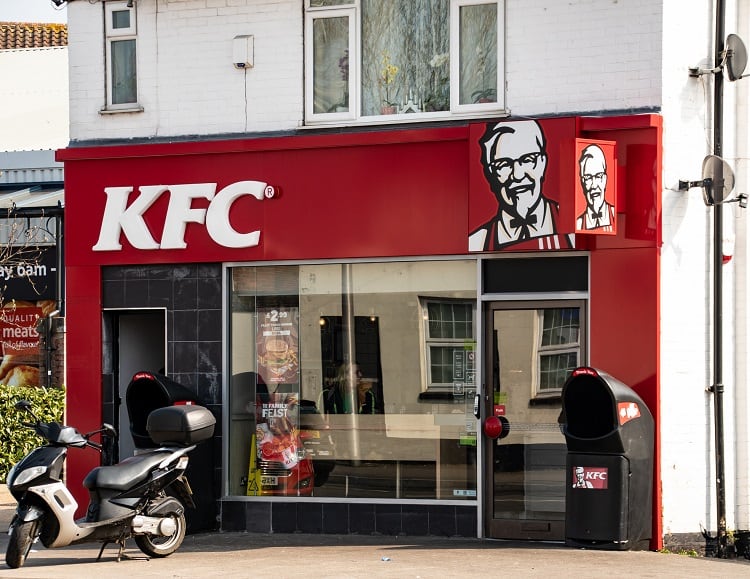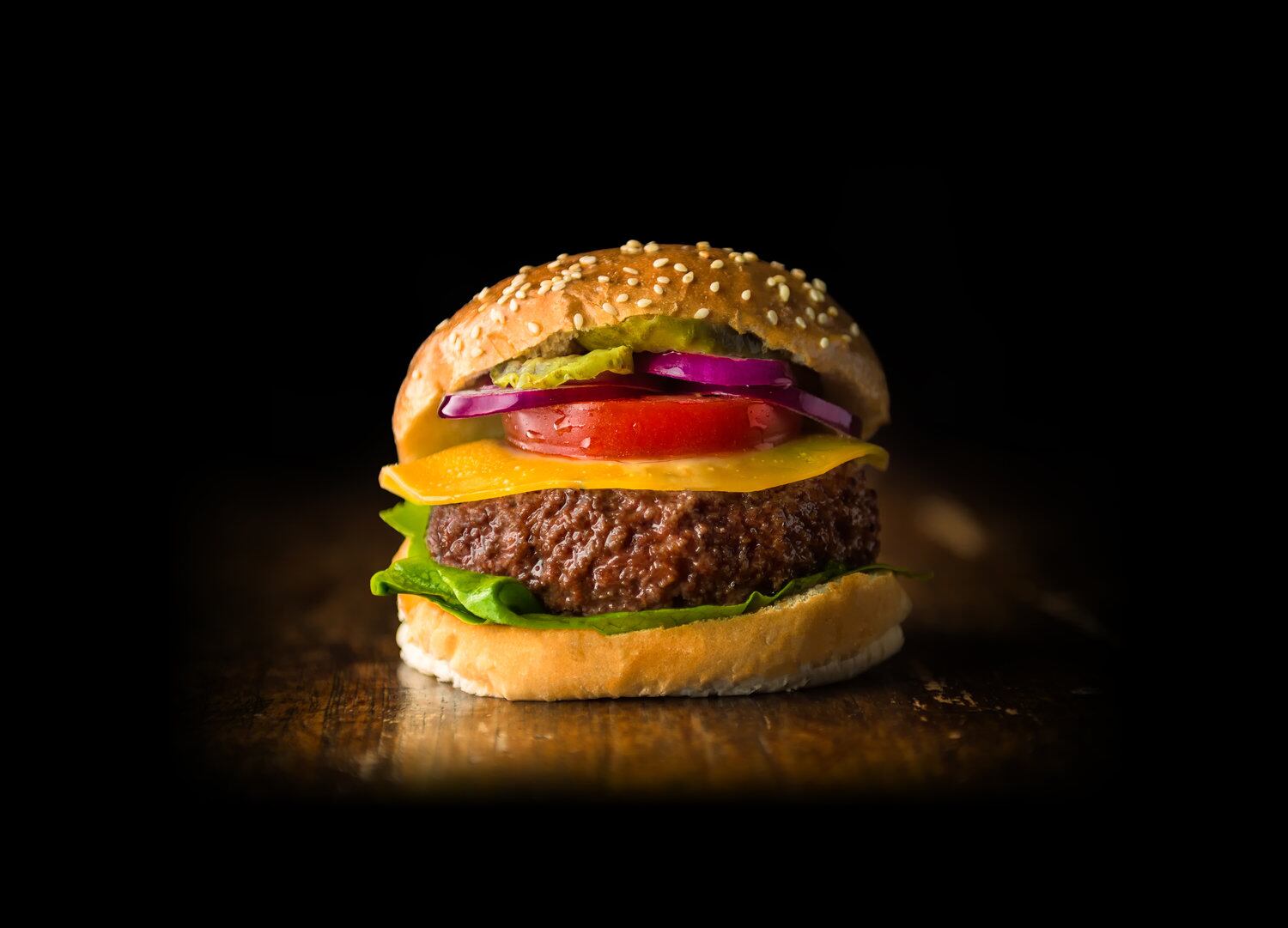The round was led by Luxembourg-based foodtech fund Blue Horizon Ventures, and joined by Bell Food Group and M Ventures, among others.
Mosa Meat has grand plans for the $55m investment, which Head of Operations Sarah Lucas told FoodNavigator provides the resources to ‘grow rapidly and make faster progress’.
The first lab-grown burger
Mosa Meat’s founder, Dr Mark Post of Maastricht University, is responsible for producing the first burger grown from cultured animal cells back in 2013.
At that time, a sample of cells were taken from a live animal and put in cell flasks. The cells were then fed a growth medium – a ‘tiny amount of foetal bovine serum (FBS)’ – which allowed the cells to grow and divide. The cells were then turned into developed muscle and fat cells, and formed into the final burger product.
While today, Mosa Meat grows its cells in bioreactors, the process remains largely unchanged. The start-up has since developed its own animal component-free growth media (the start-up judges FBS, derived from blood collected from the calves of pregnant dairy cows at slaughter, to be ‘morally unacceptable’), which it says is ‘performing really well’.
Earlier this year, the start-up also announced the opening of a new pilot plant facility in Maastricht, the Netherlands. This is where Mosa Meat plans to produce its first products for market in 2022.
It is also where the start-up plans to spend the newly invested $55m.
Spending plans
The funding will be used to help ‘accelerate’ Mosa Meat’s ‘momentum’. But what does that mean exactly?
“We’ve been growing fast – five to 50 people in the last 18 months – and making lots of progress on the scientific front,” Mosa Meat’s Lucas told FoodNavigator. “The funding gives us the resources to grow rapidly, and make faster progress. And it enables us to make the capital expenditures we need to scale up.”
Specifically, Mosa Meat will use part of the funding to extend its pilot production facility. “We will be scaling all the way up to a 200L bioreactor in the current pilot facility,” Lucas explained. This will allow around 100kg of cultured burgers to be produced each month for each 200L production line.
The $55m will also help Mosa Meat develop an industrial-sized production line to help the start-up demonstrate proof of scaleability. This is necessary to produce quantity for sales and will make it easier for Mosa Meat to expand with future investments via replicated industrial lines. “It’s predicted that one industrial production line will produce around 200tns per year when fully optimised,” said Lucas.
Expanding the Mosa Meat team is also a priority. Today, the start-up employs 50 people and plans to more than double in size. “We will be looking for scientists, engineers, production operators, and further along the line, we will build a sales team,” we were told.
But do consumers want cell-based meat?
Mosa Meat says it is still a couple of years away from commercialisation. Looking at the start-up’s timeframe, it expects the pilot production plant to commence operation in 2021, with the first products to be launched on a small scale in selected restaurants and in test markets in 2022.
According to the business, plans are in place to commission the first high-volume production plant by 2025.
Yet when Mosa’s lab-grown burger does reach the market, will the consumer demand be there to meet it? A study published earlier this month in Frontiers in Nutrition suggests consumers may not be as keen to eat cultured meat as expected.
When researchers from the University of Sydney and Curtin University surveyed 227 randomly selected people born between 1995 and 2015, they discovered that 72% of respondents were not ready to accept cultured meat.
The study’s lead researcher, Dr Diana Bogueva from the University of Sydney’s School of Chemical and Biomolecular Engineering, said most surveyed from Generation Z viewed lab-grown meat ‘with disgust’.
Nevertheless, Mosa Meat’s Lucas said the company remains self-assured. “We are confident that, if we bring people meat that tastes the same but doesn’t harm animals or the environment, that the majority of people will prefer it.
“We aren’t too concerned about studies which show, before a product comes to market, that some consumers are hypothetically hesitant.
“It’s natural with a novel product like this. If we can show that it is safe and delicious, we think most people will actually easily adapt.”





